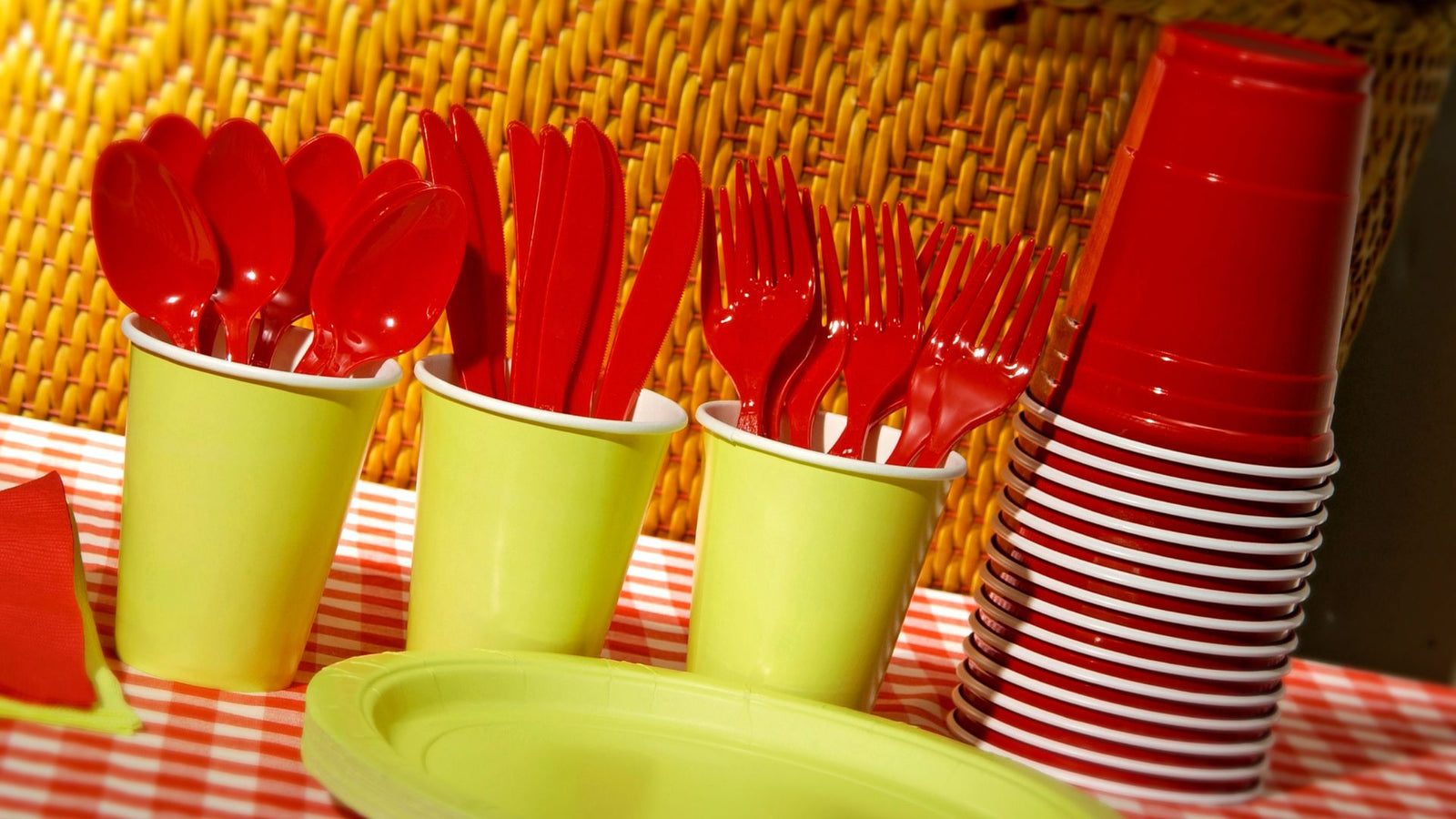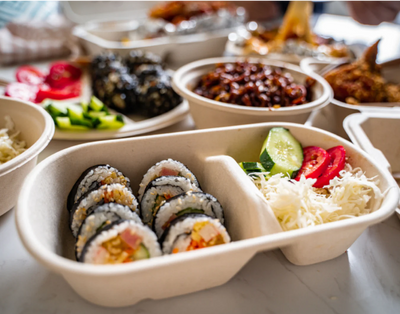It’s so common nowadays to grab a cup of coffee, drink it, and throw it away. It’s not just the cup; there’s often a stirrer (for hot coffee), a straw, a plastic handle, and a plastic lid. Once its purpose is served, this single cup of coffee contributes several disposable plastic items to landfills.
If this story were told in the 1970s when plastic was still new, it would be considered madness, wasteful, and a sign of poverty. Yet, over time, single-use plastics became normalized and even indispensable in our daily lives. The convenience they provide has overshadowed their significant environmental drawbacks, leading to uncontrolled usage.
In this article, we’ll delve into the rise of single-use plastics and explore how to use disposable items more responsibly.
The History of Single-Use Plastics
Plastic, a chain of synthetic polymers, was invented in the 1950s and became renowned for its flexibility and durability. By the 1970s, its popularity had skyrocketed, infiltrating nearly every market. From TVs, radios, and fans to everyday items like straws, plastic was everywhere.
However, this was also the era of “consumerism,” where economic growth depended on how frequently people bought new products to replace old ones. Plastics, with their long-lasting durability and lightweight nature, initially seemed like a perfect fit. But their resilience contradicted the new consumer demand for disposable items.
Marketers quickly stepped in to change perceptions. They promoted the idea of convenience, encouraging consumers to adopt single-use items. For the sake of time and hygiene, they persuaded people to discard rather than reuse. This strategy revolutionized industries, particularly food and beverage, making disposable plastics a cornerstone of modern consumer culture.
Why Single-Use Plastics Gained Popularity
At first, the idea of using something once and throwing it away was counterintuitive. But marketers identified the fast-paced lifestyle as a key pain point for consumers. They highlighted the time-saving benefits of disposables: why wash and store products when you can use a lightweight, inexpensive alternative and toss it?
Restaurants no longer needed to serve drinks in ceramic or glass cups with heavy spoons. Instead, plastic cups, straws, and cutlery allowed customers to enjoy their meals on the go without worrying about cleanup. This innovation propelled the growth of fast-food chains and on-the-go dining.
In the medical industry, single-use plastics were a breakthrough. Items like gloves, syringes, and straws ensured hygiene and reduced cross-contamination. The concept of "first use, never again" revolutionized patient care and cleanliness, selling itself as a transformative innovation.
The Problem with Single-Use Plastics

Single-use plastics would be one of humanity's most fascinating innovations if not for their devastating environmental consequences.
Plastics are incredibly durable and difficult to break down. Even a single straw can take hundreds of years to decompose. Their lightweight nature means they often escape landfills, ending up in rivers, lakes, and oceans, where they harm marine life and eventually re-enter our food chain.
In landfills, plastics persist for centuries, releasing toxic chemicals into the soil and breaking down into microplastics. These tiny particles pose a significant threat to both environmental and human health.
The promise of recycling plastics has largely been exposed as greenwashing. Single-use plastics are often too small for recycling facilities to process. When contaminated with food or drink, they become nearly impossible to recycle. This means most single-use plastics ultimately end up in landfills or the environment.
Moreover, plastics used for hot beverages and food can leach toxins when exposed to high temperatures, failing to deliver the convenience and safety they were supposed to offer.
Compostable Single-Use Products to the Rescue
To address the environmental crisis while maintaining convenience, sustainable alternatives have emerged. Among them, compostable products offer a promising solution.
Unlike plastic or even single-use paper products, compostable items are made from renewable plant-based resources such as corn, wheat, grass, rice, coconut, sugarcane, and coffee. These materials provide a viable alternative that balances functionality with eco-friendliness.

Why Compostable Products are the Future:
Plant-Based Materials: Compostable items are made from renewable resources like sugarcane fibers, reducing reliance on petrochemicals. They emit fewer greenhouse gases during production and decompose into organic matter after use.
Plastic-Free: These products break down completely within 6 months to a year, leaving behind no harmful residues or microplastics—just nutrients for the soil.
Durable and Functional: Compostable straws, utensils, and containers retain the durability of plastic while being environmentally safe. For example, EQUO's products—made from materials like grass and sugarcane—function effectively without compromising on quality or performance.
Rethinking Convenience for a Sustainable Future
Single-use plastics were born out of innovation and convenience but have left us grappling with an environmental crisis of epic proportions. However, solutions like compostable products offer hope for a more sustainable future. By choosing plant-based, biodegradable alternatives, we can enjoy the benefits of single-use convenience without harming the planet.
It’s time to rethink our relationship with disposable items. Small, conscious choices—like opting for compostable straws, utensils, and food containers—can collectively make a massive impact. Let’s embrace innovation that not only serves us today but safeguards the future for generations to come.


